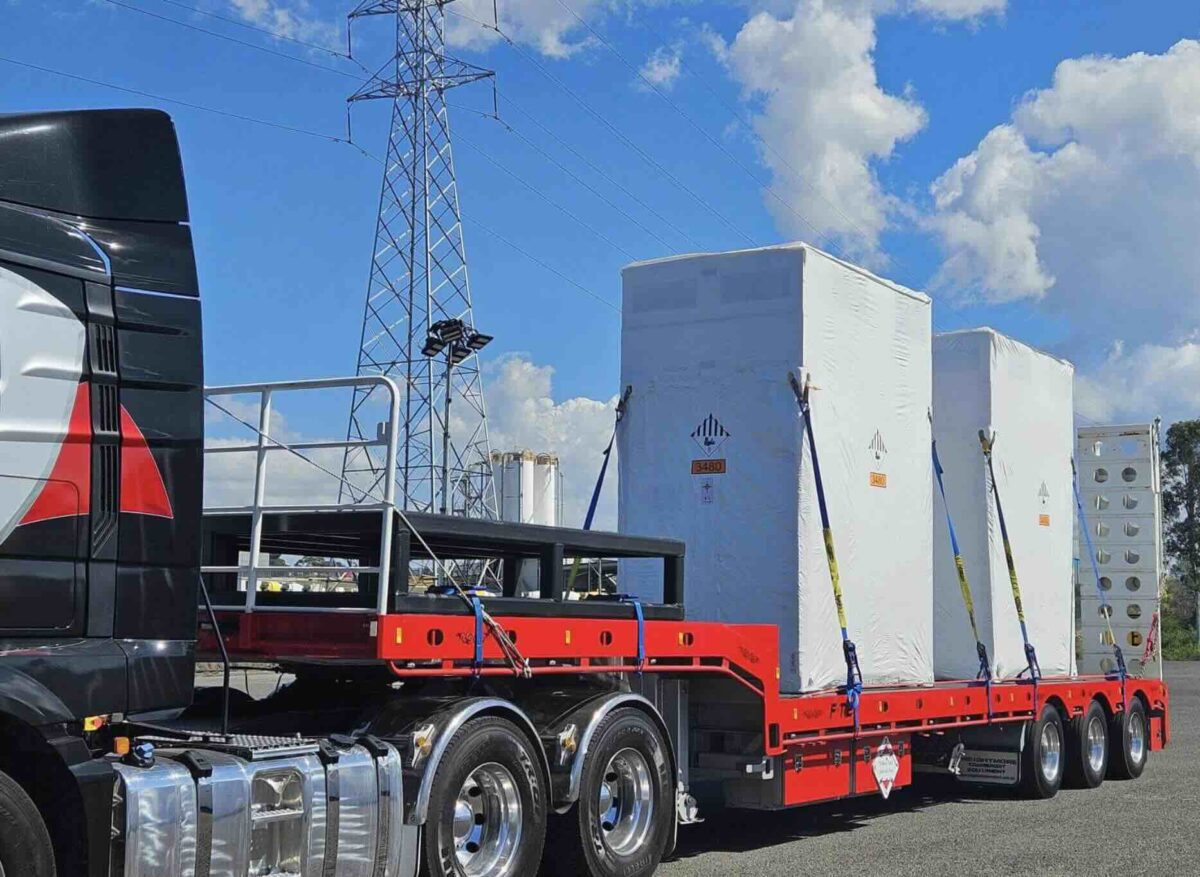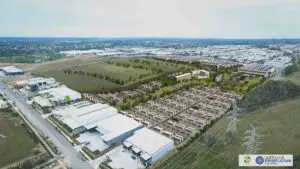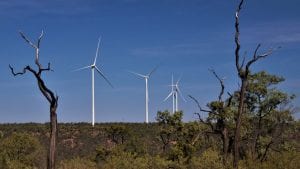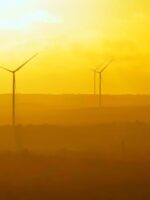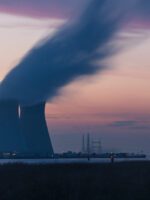The Australian large scale wind and solar industry is showing renewed signs of life, with the number and scale of new project financial commitment hitting their highest level in nearly three years in the March quarter, and battery storage projects hit a new record.
The latest quarterly assessment from the Clean Energy Council identifies five new large scale wind and solar projects, totalling more than 895 megawatts (MW) of capacity, reaching financial commitment in the first quarter of 2024. Its total includes the 414 MW Uungala wind project being built by Andrew Forrest’s Squadron Energy in NSW.
Battery storage continued its strong growth with $1.1 billion of new financial commitments in the quarter, the fourth consecutive quarter it has topped $1 billion. It also posted a record for capacity, with a total of 760 MW and 1,640 MWh.
It was led by Origin’s commitment to the new 300 MW, 650 MWh Mortlake battery in Victoria, and also included Zen Energy’s first big battery at Templers (110 MW/290 MWh) and Epic Energy’s Magnum battery (100 MW/200 MWh), both in South Australia, and the 250 MW/500 MWh Swanbank battery in Queensland.
“These results are an encouraging sign that Australia’s clean energy transformation is moving in a positive direction and on the road to recovery,” the CEC’s chief executive officer Kane Thornton said in a statement.
“Investment in large-scale storage continues to be very strong, following a record year in 2023. It is abundantly clear that renewables firmed by storage are the future of Australia’s energy system and investors have a strong appetite for new energy storage projects.”
Statistics about new project developments can often paint a confusing picture given there are so many stages to go through – planning approvals, contracting, financing, construction, connection and commissioning.
From December to May, there were no new wind and solar projects connected to the market operators grid management system, a drought broken only by the Crookwell 3 wind farm and the Wellington North solar farm in NSW.
The bottom line is that Australia needs to build six gigawatts of new wind and solar capacity a year, and more storage, to meet its 82 per cent renewables target by 2030, and the CEC data – whichever you cut it – shows it is still trailing well behind.
“The quarterly results for capacity of generation projects have now improved for two quarters in a row,” the CEC report says. “As a result, the rolling 12-month quarterly average for financially committed generation projects increased to 539 MW.
“Whilst this is a welcome improvement, this is still the fourth-lowest average since the CEC began tracking project capacity in 2017, and remains well- below the needed investment levels in order to be on track to meet 82 per cent renewables by 2030. This was also a drop of 22 per cent when compared to the rolling average of Q1 2023.”
The CEC report blames the sluggish investment activity on the challenging project development conditions including higher financing and supply chain costs, drawn-out planning and environmental assessment processes in some jurisdictions and the legacies of a decade of under- investment in our transmission network.
In addition, it notes, many investors are now also awaiting the final scheme design details, and ultimately the outcomes, of Capacity Investment Scheme competitive tender rounds.
The industry is trusting that the CIS will deliver the boost needed to catch up to the pace of investment and construction needed to meet the renewable energy target. The first tender was officially launched last week, although the results may not be known until much later in the year.
“Landmark commitments made by the Federal Government in recent months have been designed to build certainty for renewable energy investors, which we expect will drive a resurgence for the large-scale generation we need,” Thornton noted.
Still, there is a huge pipeline of projects not just waiting for the results of government tenders and finance, but also already under construction or about to start.
The CEC data suggests that there are currently 121 generation and storage projects which have either reached financial commitment or are under construction.
This equates to 12.3 GW of electricity generation project capacity, as well as 8.4 GW / 18.8 GWh of energy storage projects.
It says that 212 generation and storage projects have now been commissioned since 2017, representing 16.2 GW in new electricity generation capacity and 1.8 GW / 2.4 GWh of storage projects.

